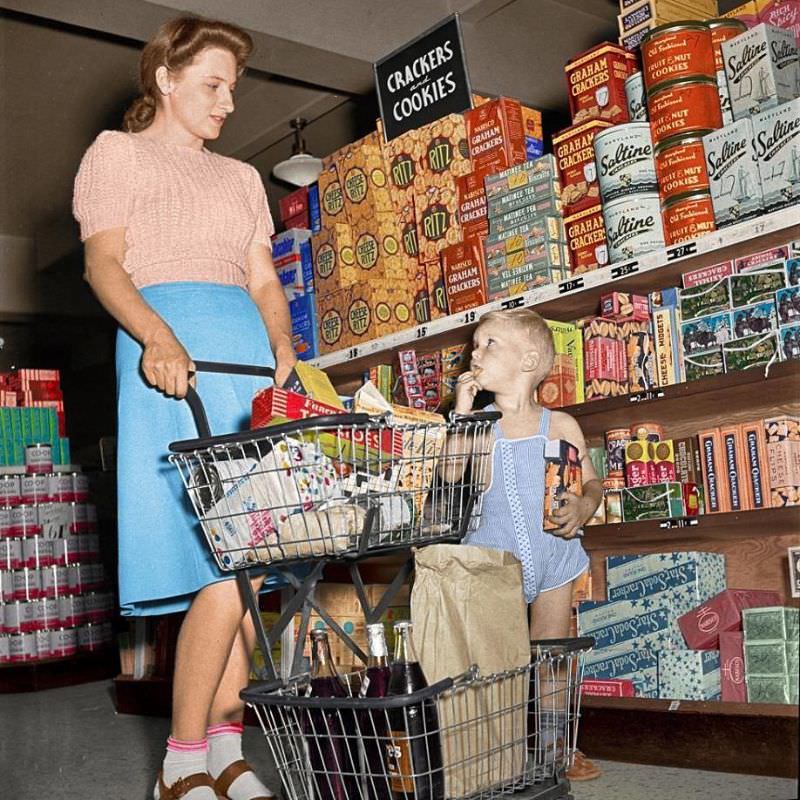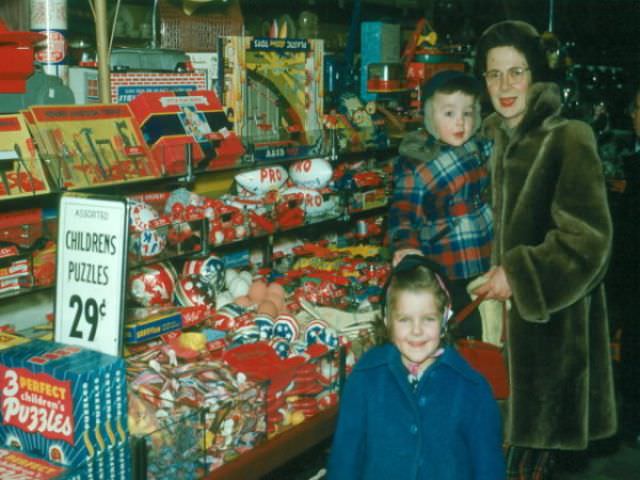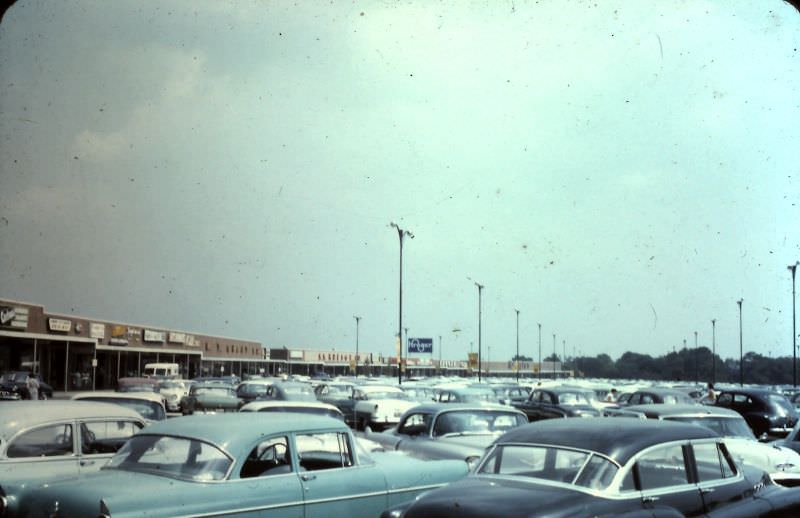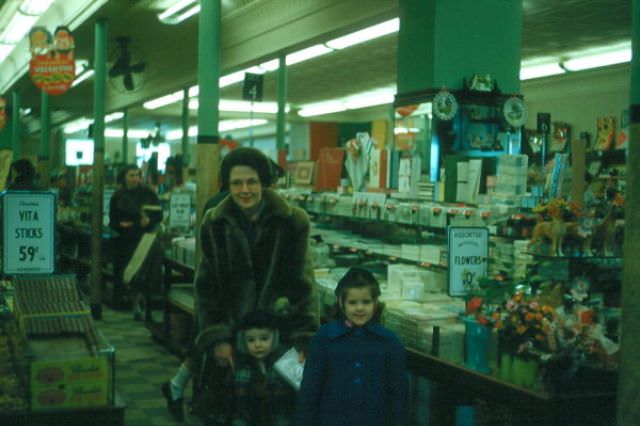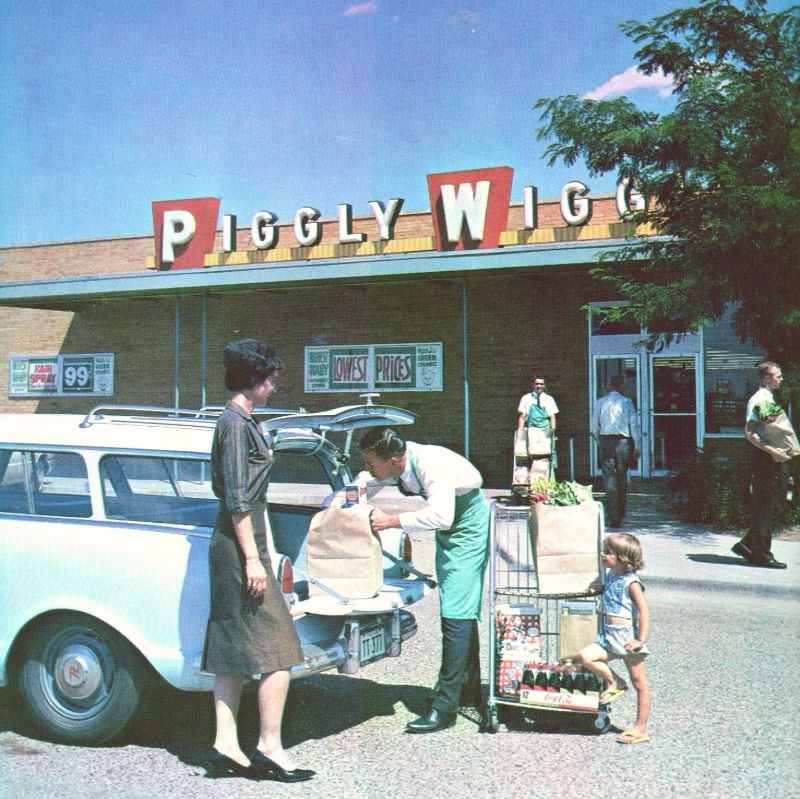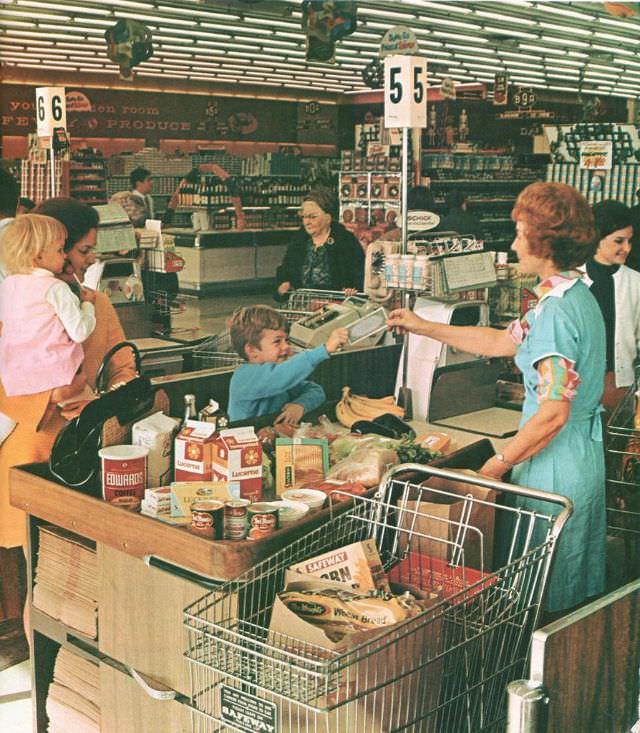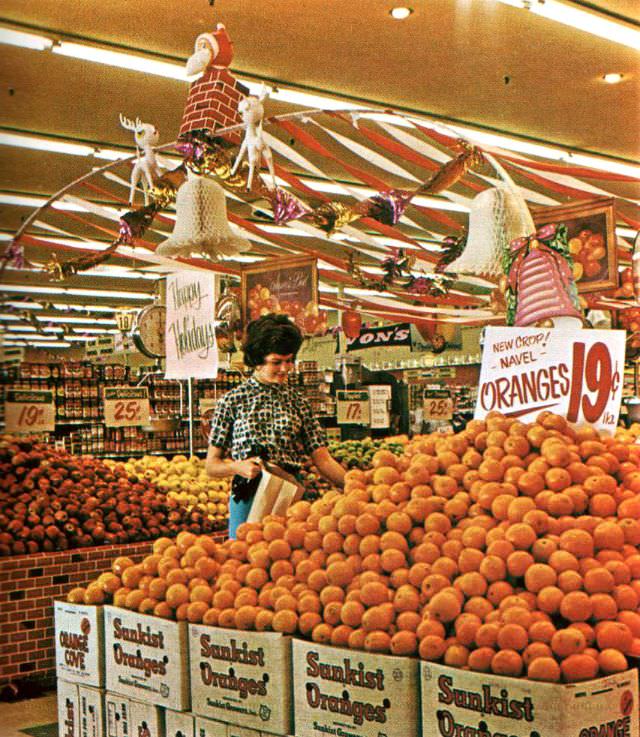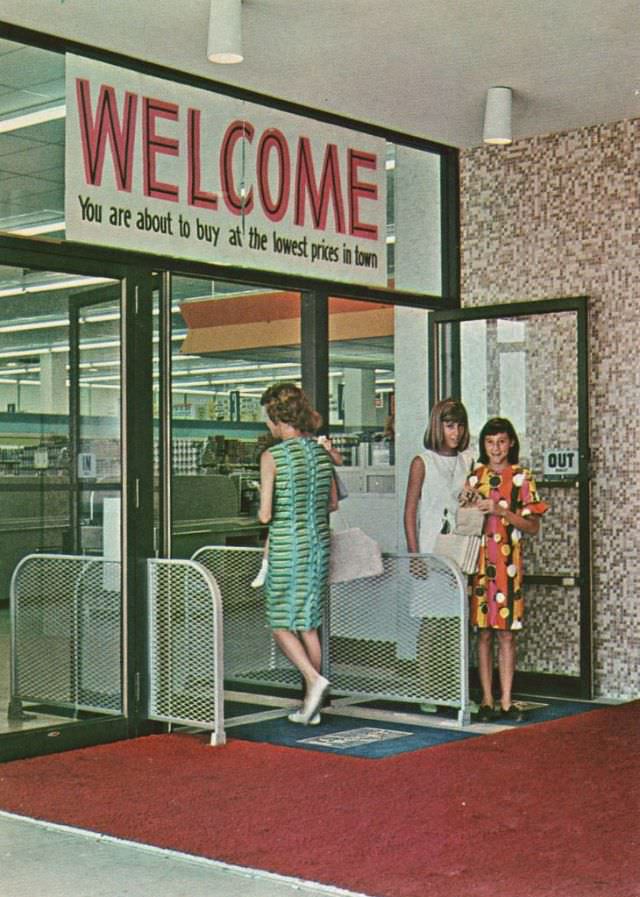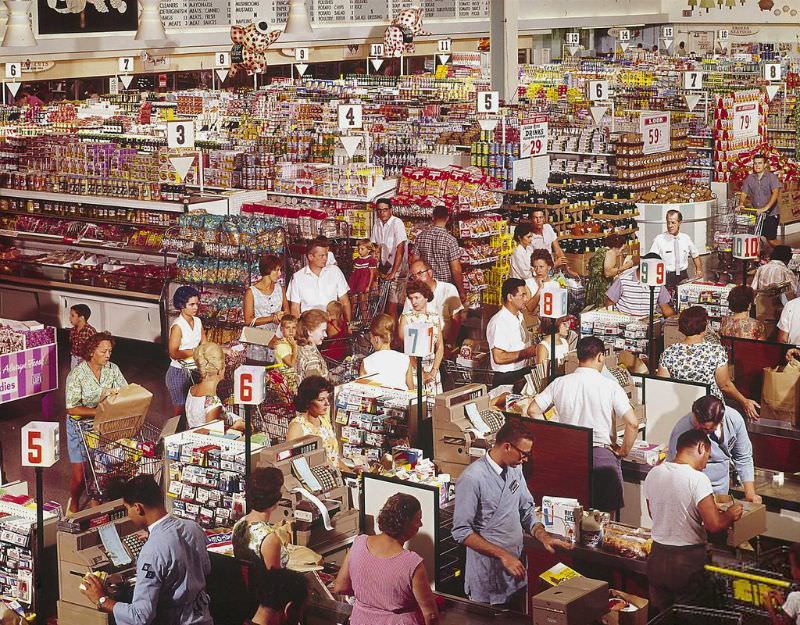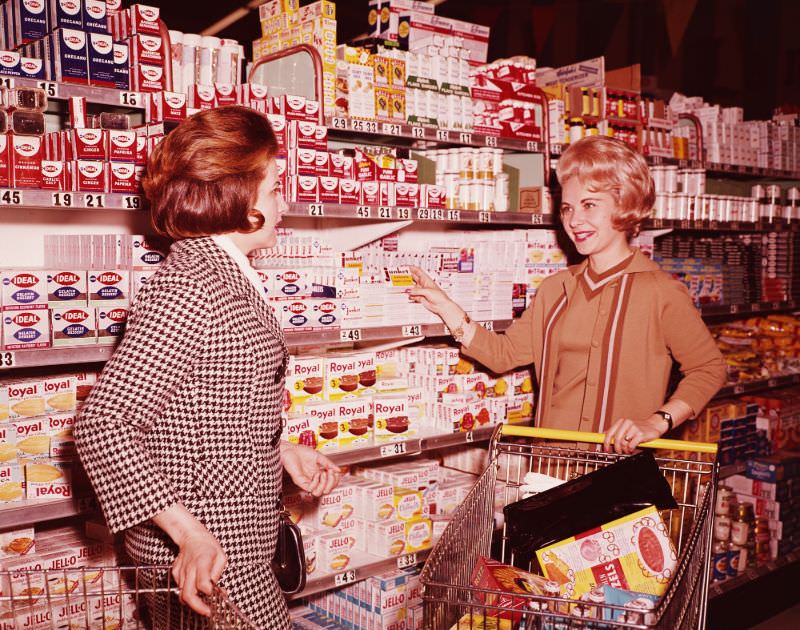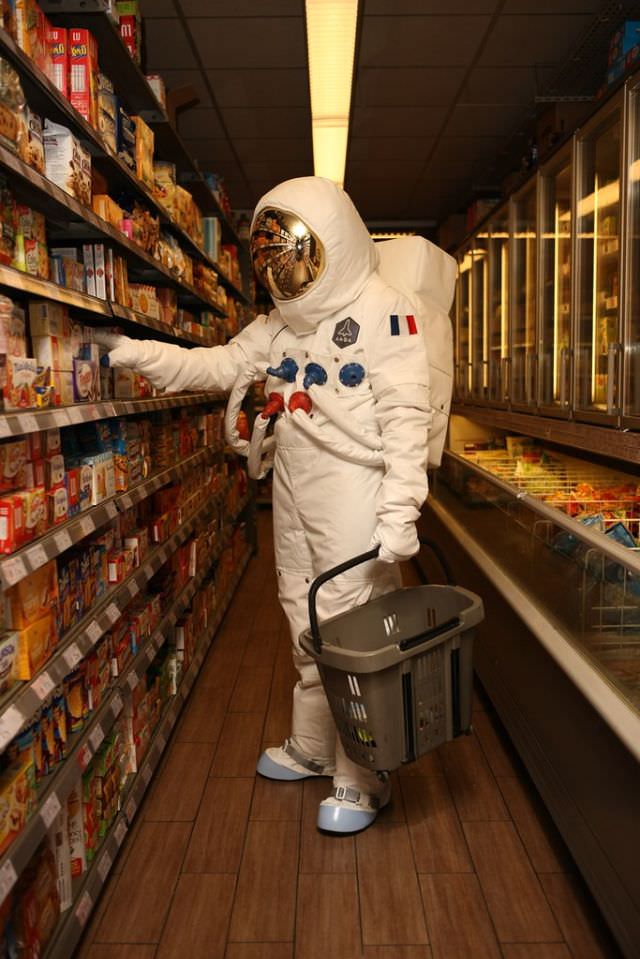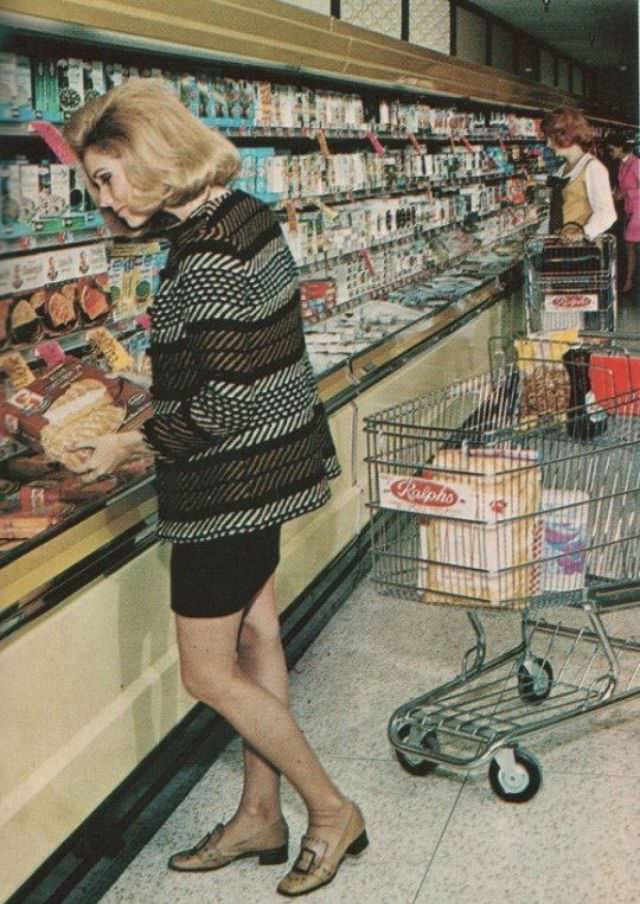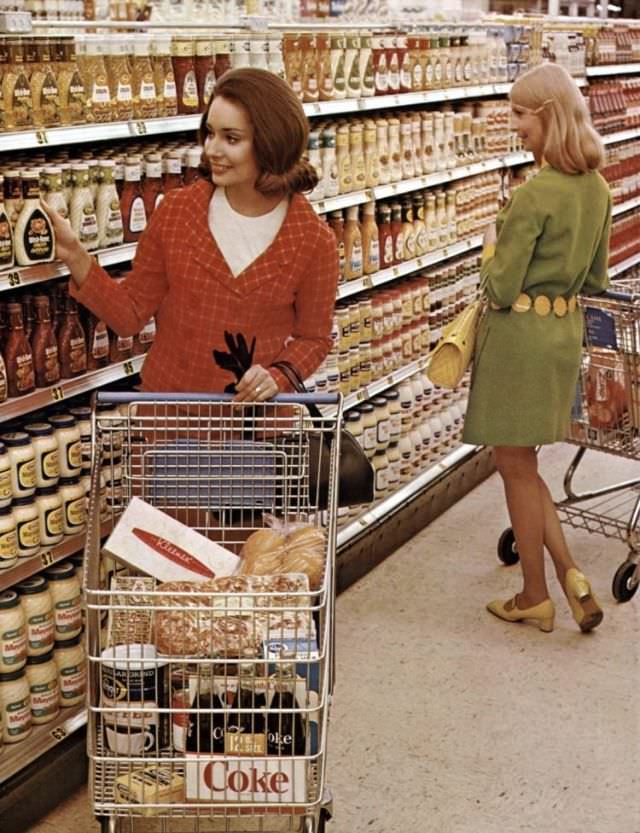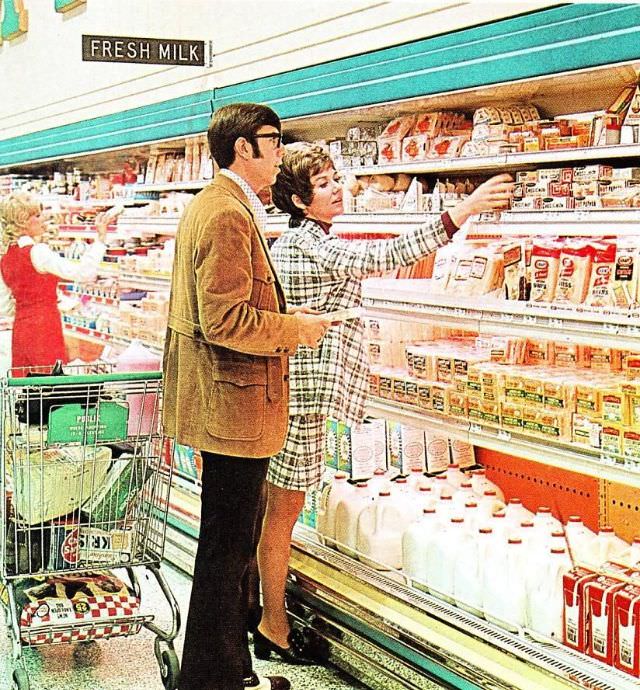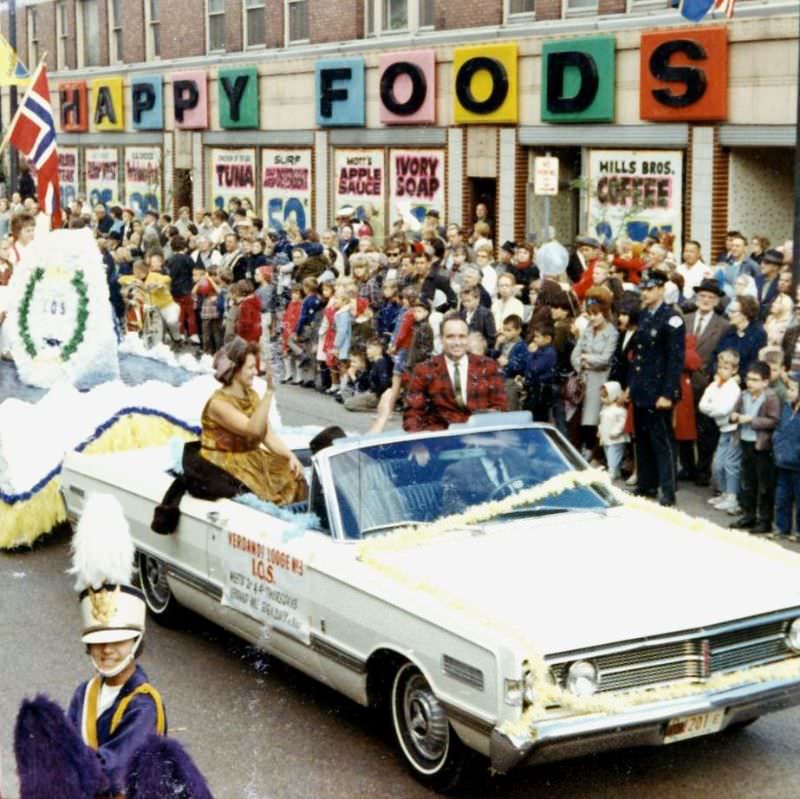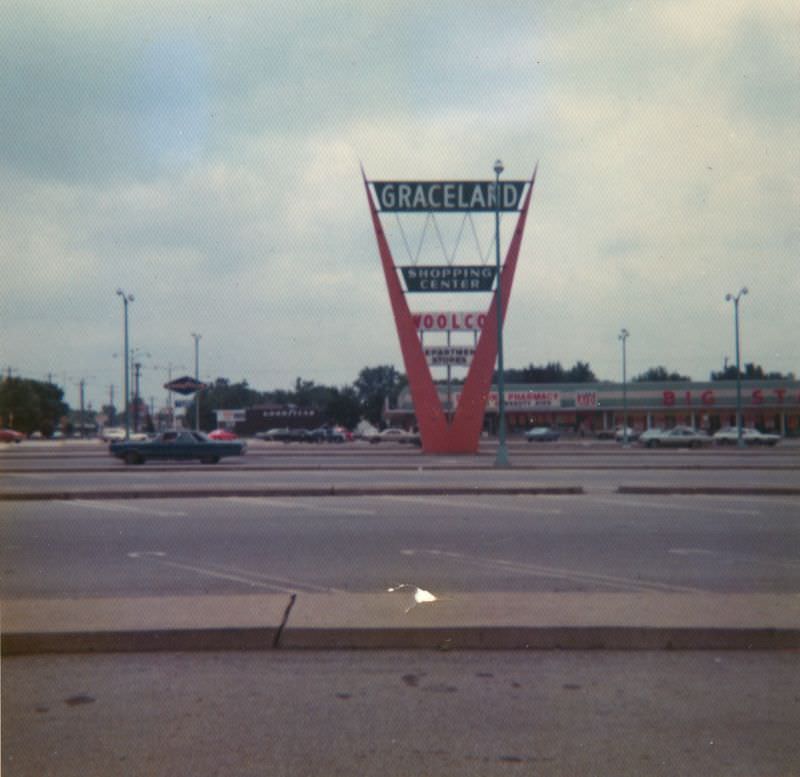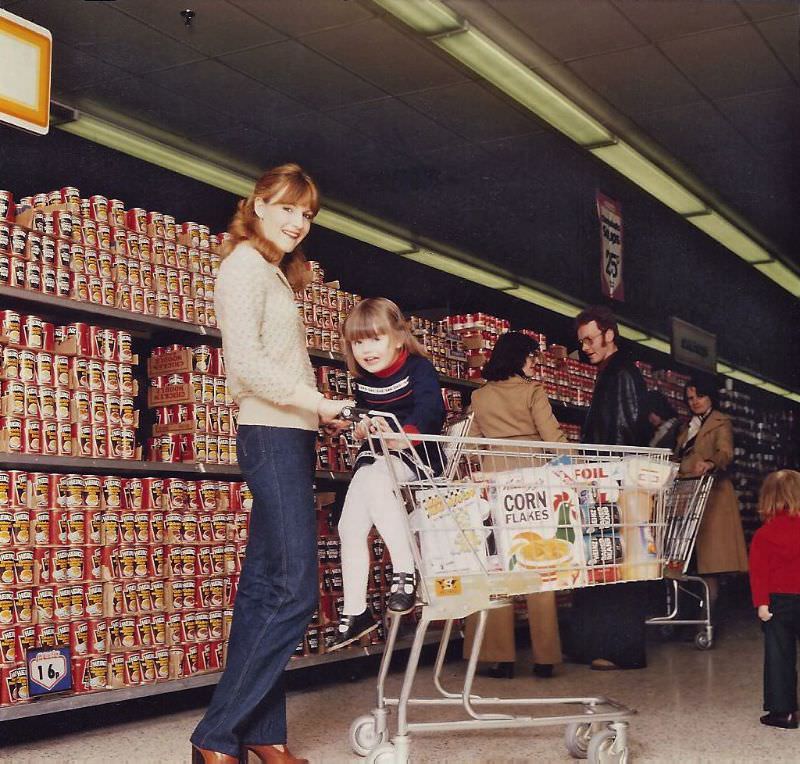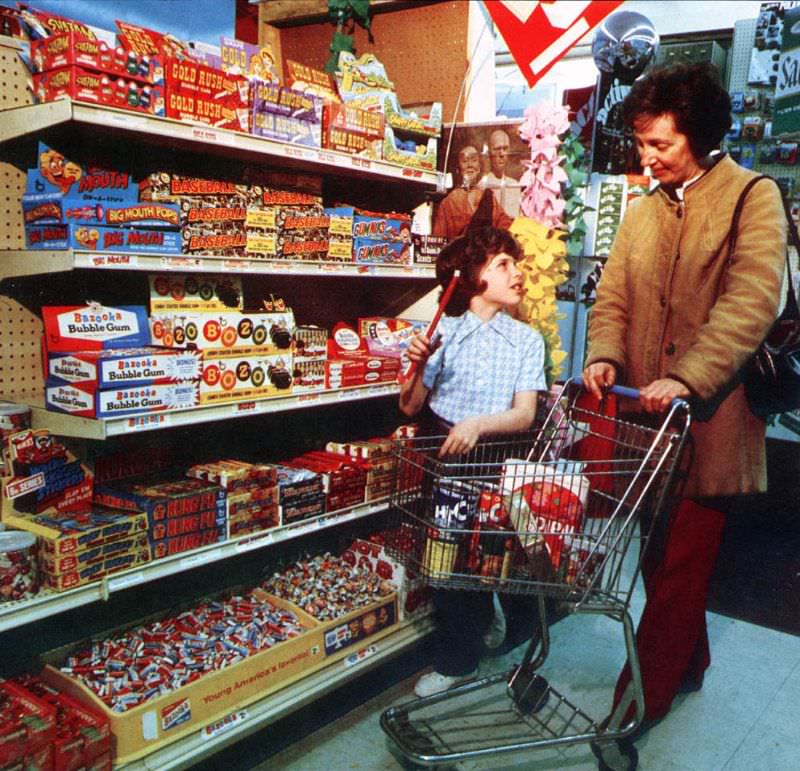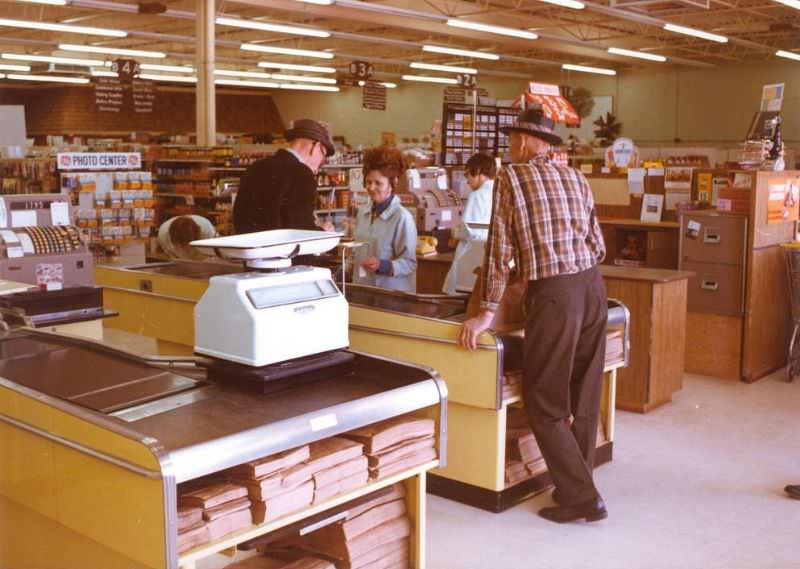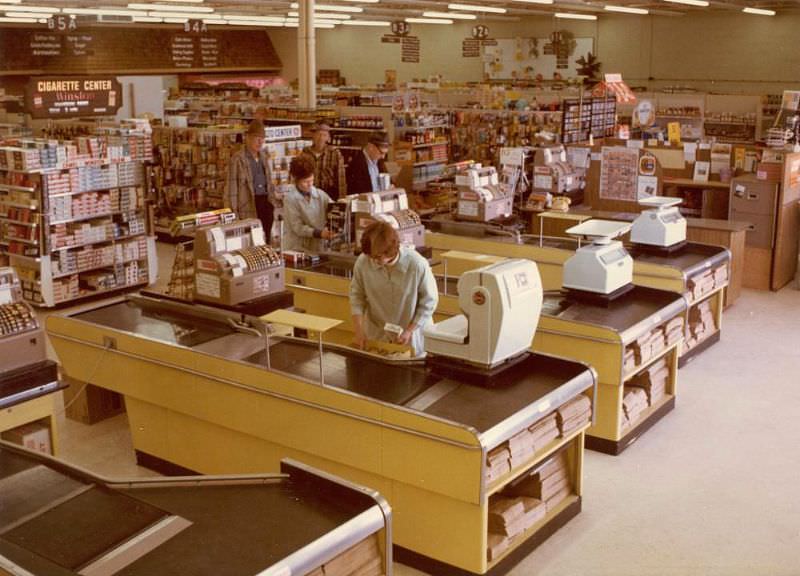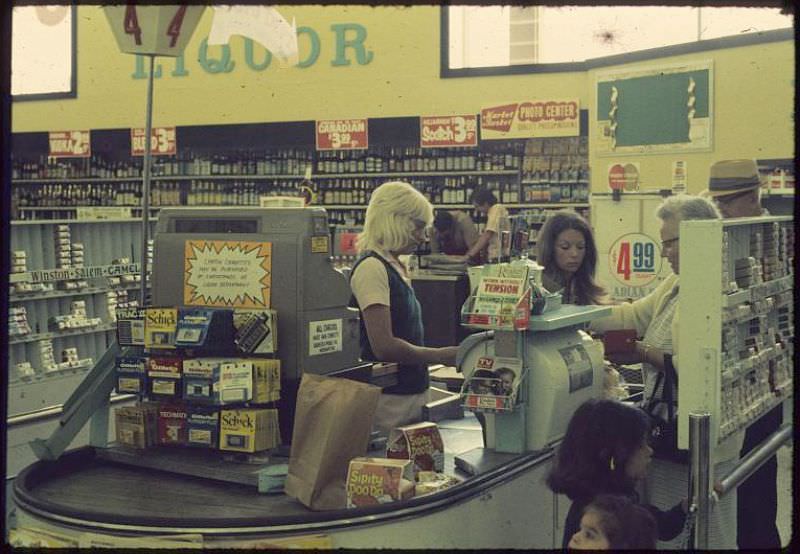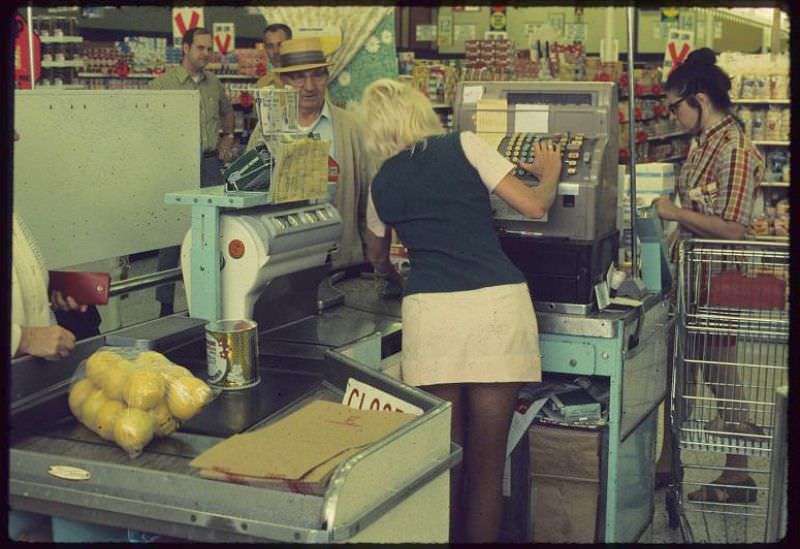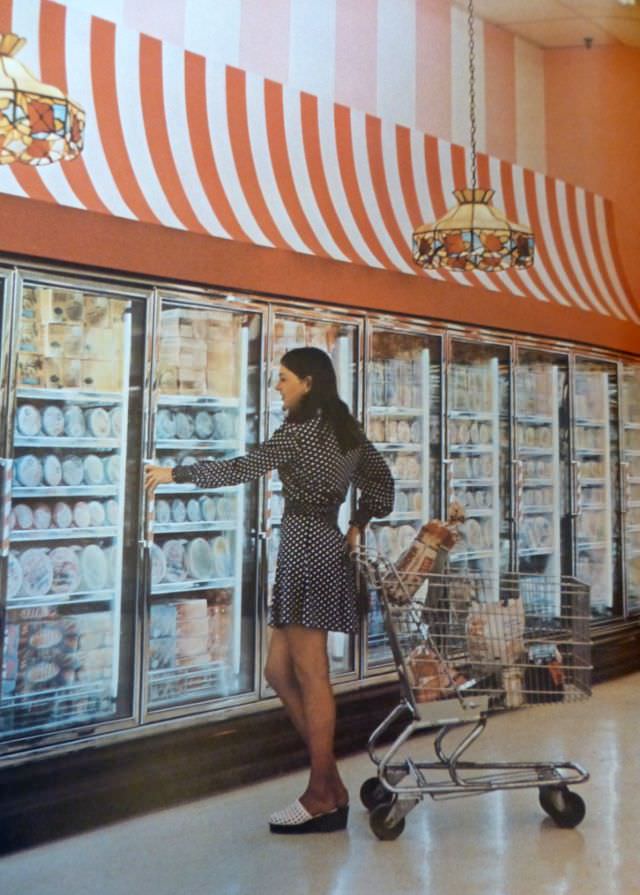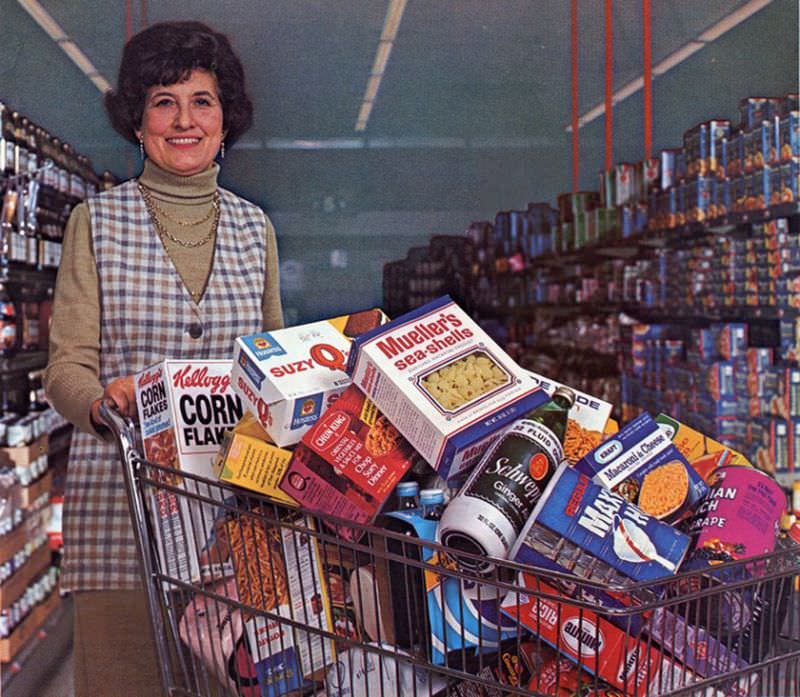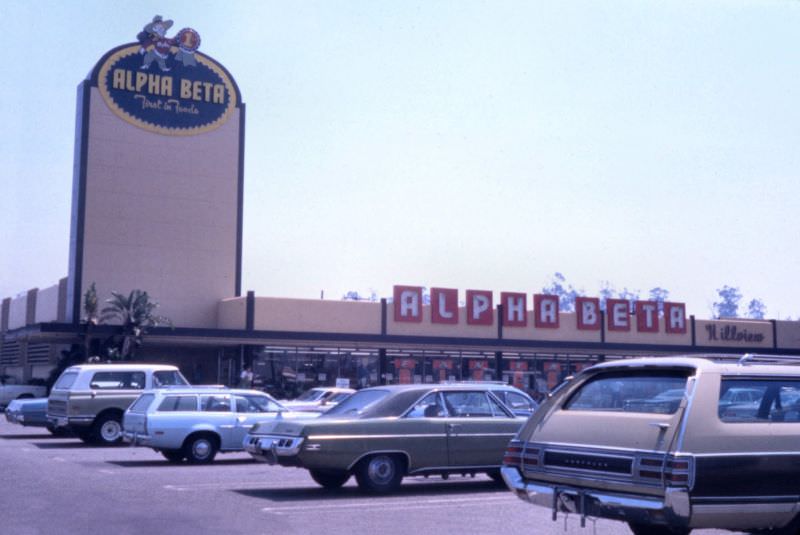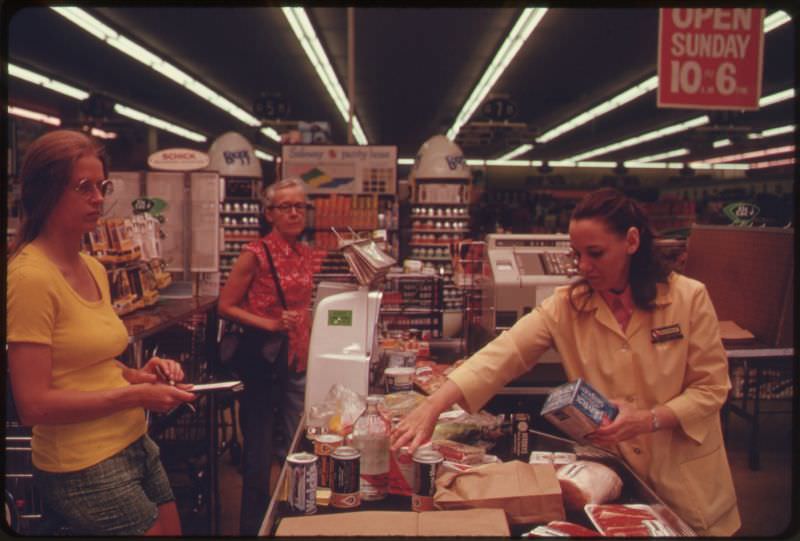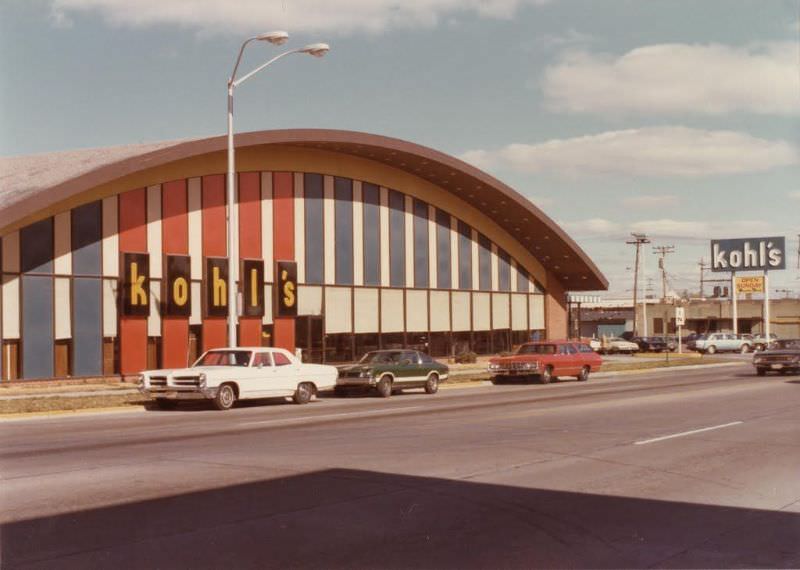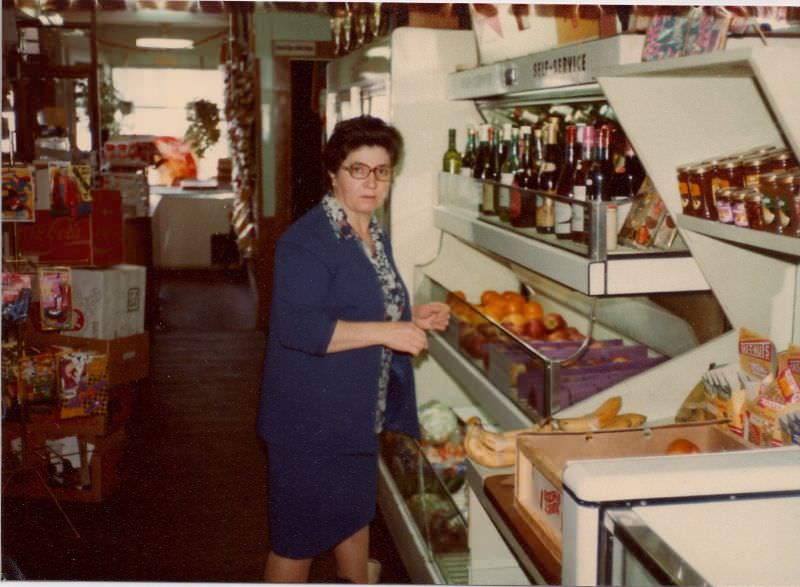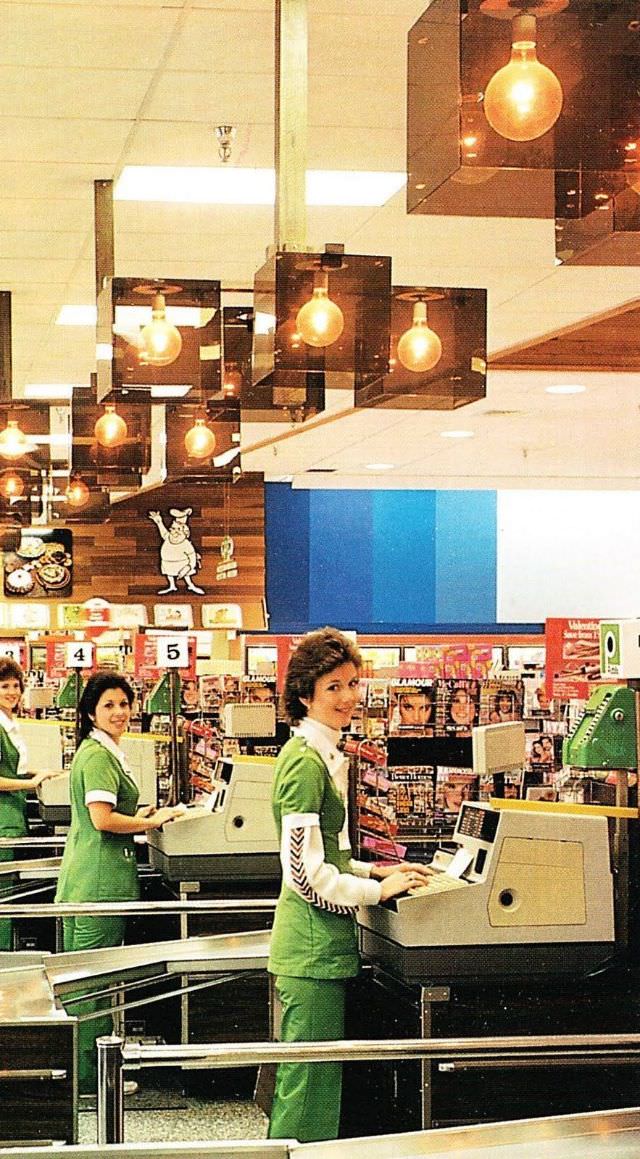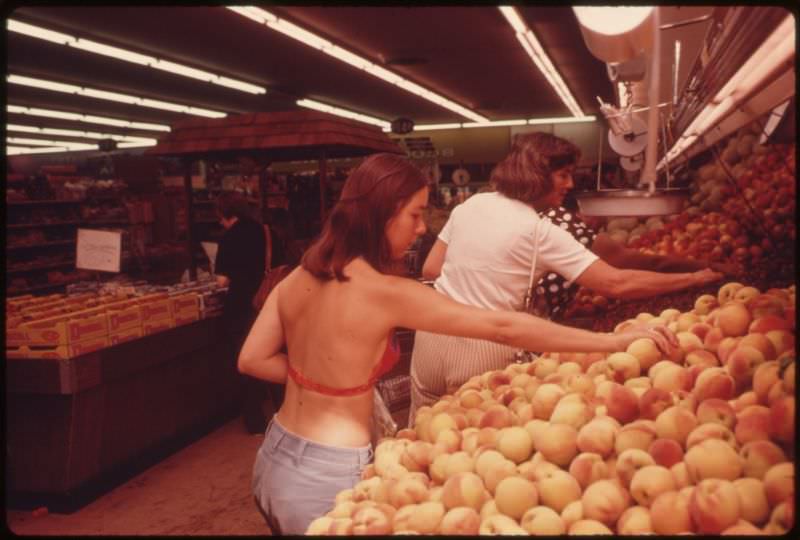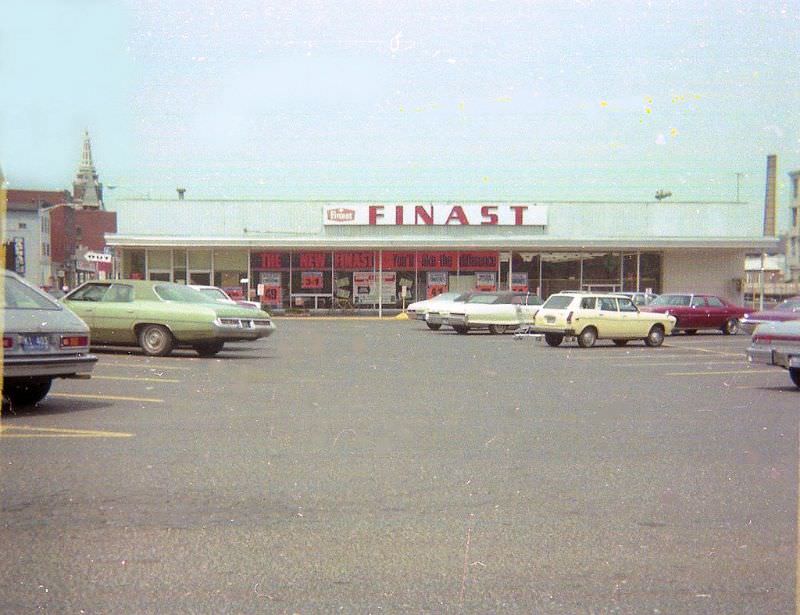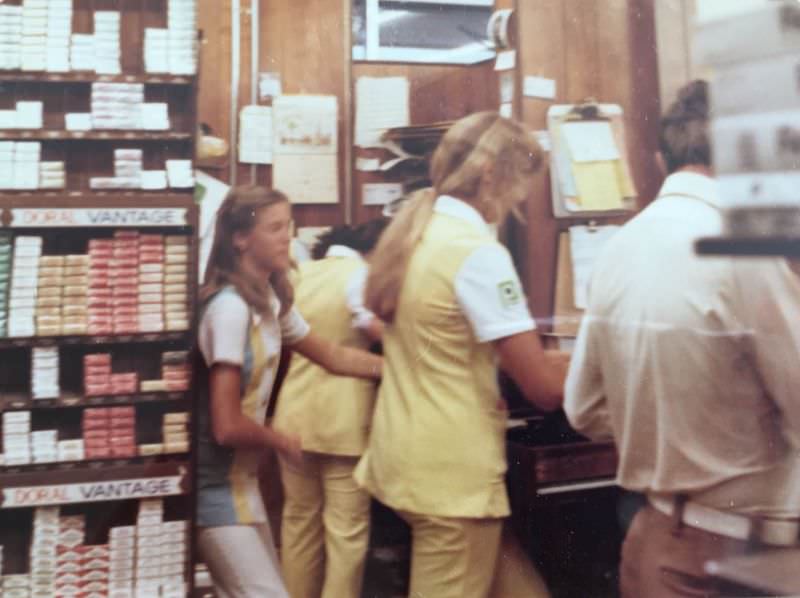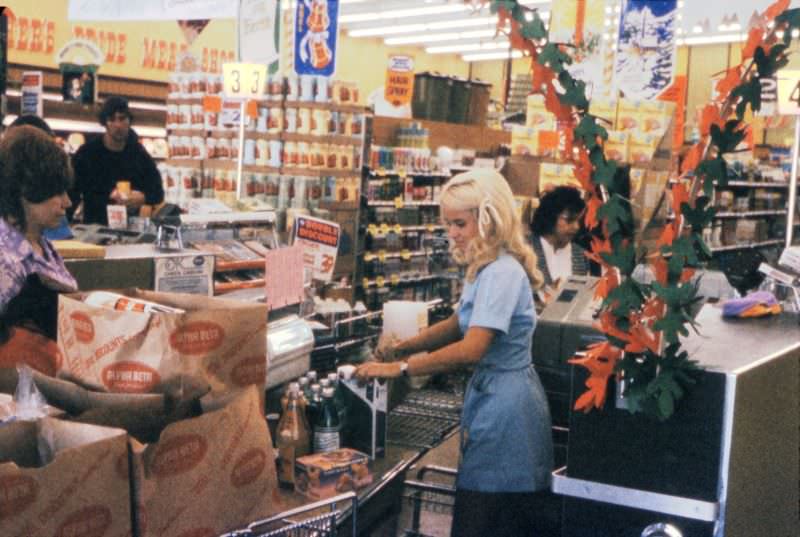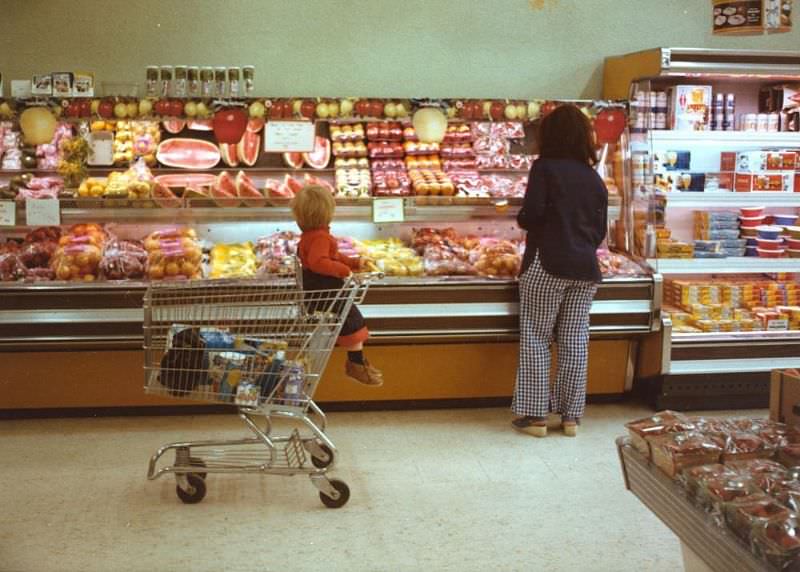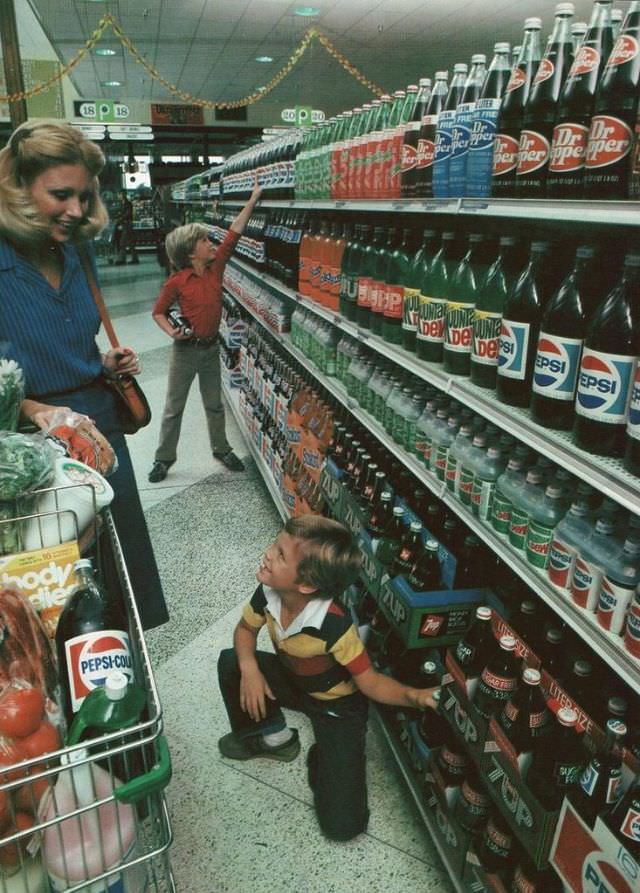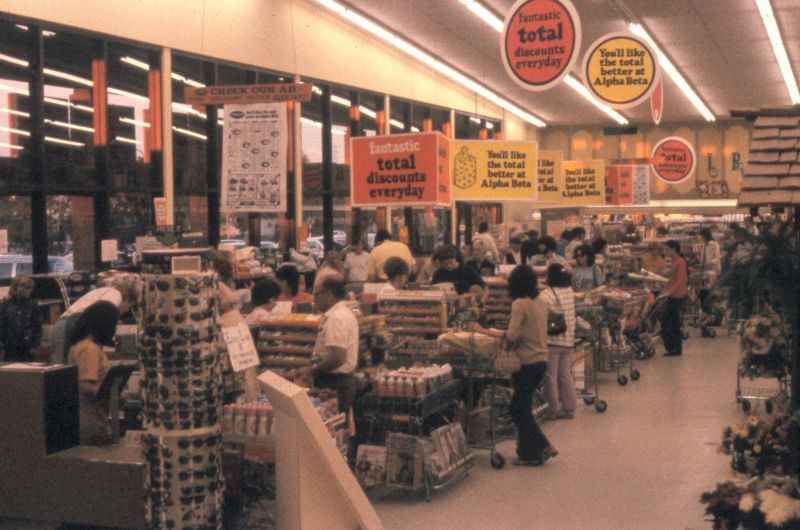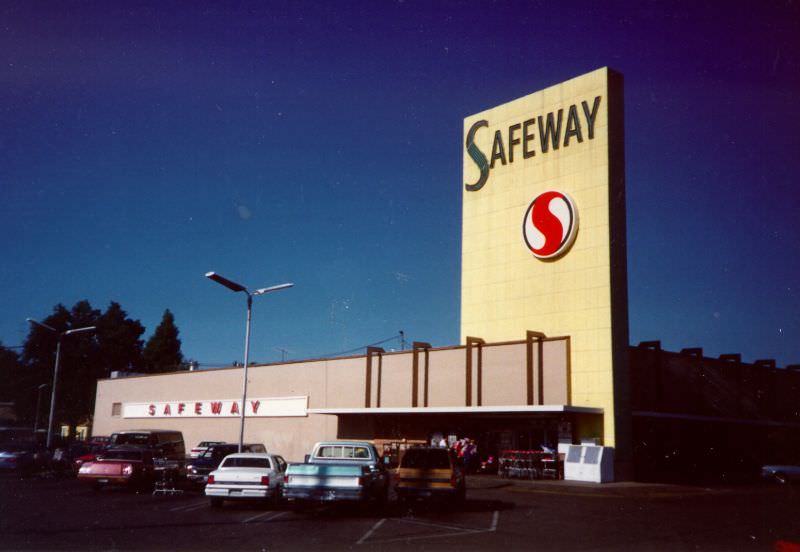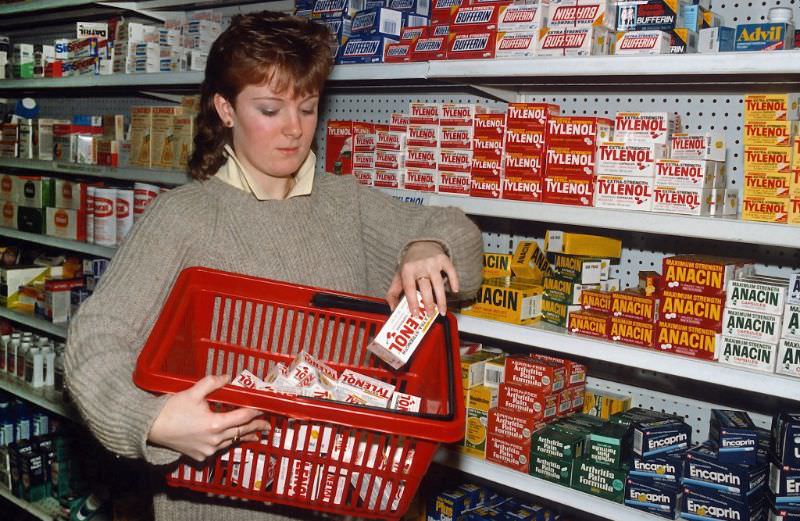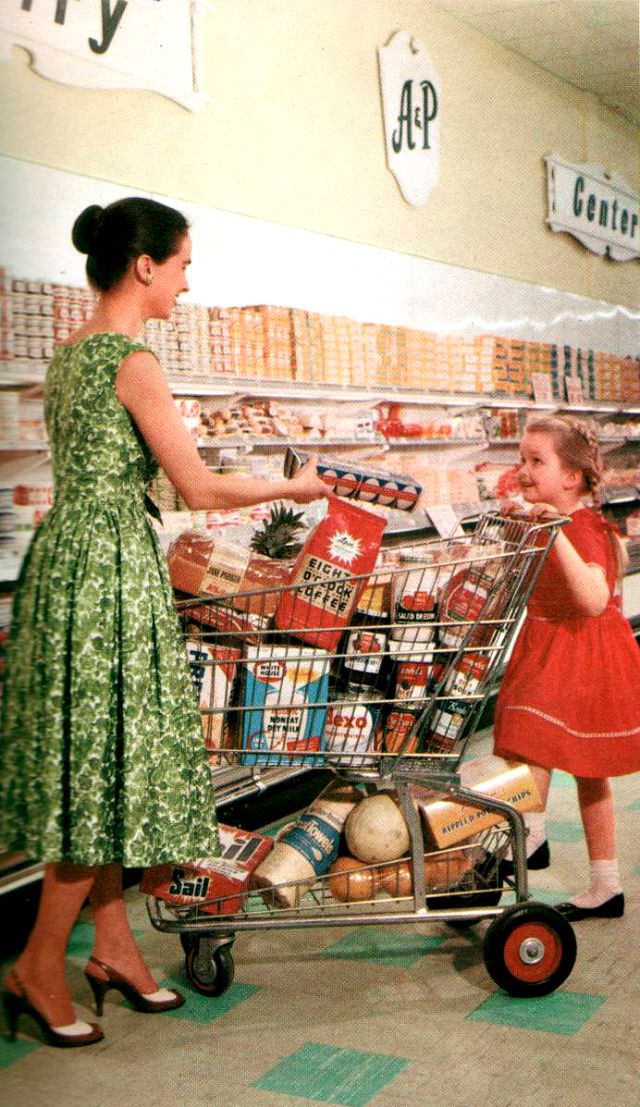The supermarket is a staple of modern life, but it wasn’t always this way. From the 1950s to the 1980s, supermarkets underwent significant changes. These changes shaped how we shop for groceries today. Let’s take a closer look at how supermarkets evolved during this period.
The 1950s
In the 1950s, supermarkets became more widespread in the United States. Before this decade, people shopped at small grocery stores or specialty shops. These stores often required customers to ask a clerk for each item they wanted. The concept of self-service shopping was still new.
Supermarkets revolutionized this process. They allowed customers to browse aisles and pick out their groceries. This self-service model saved time and made shopping more convenient. Supermarkets were also larger than traditional stores. They offered a wider variety of products under one roof, from fresh produce to canned goods.
Advertising played a big role in the popularity of supermarkets. Colorful ads in newspapers and on billboards attracted customers. Supermarkets also started using loyalty programs and weekly sales to draw in shoppers. The introduction of shopping carts made it easier for customers to buy more items in one trip..
Read more
The 1960s
In the 1960s, supermarkets continued to grow and innovate. Store layouts became more sophisticated. Aisles were organized by product type, making it easier for customers to find what they needed. Supermarkets also started using electronic cash registers. These registers made checkout faster and more accurate.
The 1960s saw the rise of supermarket chains. Companies like Safeway and Kroger expanded across the country. These chains built large stores in suburban areas, catering to the growing number of families living there. The convenience of having a supermarket nearby was a big draw for suburban shoppers.
Another innovation of the 1960s was the introduction of frozen foods. Advances in refrigeration technology made it possible to store and sell frozen products. This expanded the variety of foods available in supermarkets. Customers could now buy frozen vegetables, TV dinners, and ice cream all in one place.
The 1970s
The 1970s were a boom time for supermarkets. The number of stores continued to grow, and supermarkets became even more integral to daily life. One of the key developments of this decade was the introduction of universal product codes (UPCs), also known as barcodes.
Barcodes revolutionized the checkout process. Each product had a unique code that could be scanned by a machine. This made ringing up purchases faster and reduced errors. Barcodes also helped with inventory management, making it easier for stores to keep track of stock.
During the 1970s, supermarkets began to offer more than just groceries. Many stores added sections for household goods, clothing, and even electronics. This made supermarkets a one-stop shop for many families. The variety of products available under one roof was a major convenience.
Supermarkets also began to focus more on customer experience. Stores were designed to be more pleasant places to shop. Bright lighting, clean aisles, and attractive displays became standard. Some supermarkets even added in-store bakeries and delis, offering freshly baked bread and ready-to-eat meals.
The 1980s
In the 1980s, the concept of the superstore emerged. These were very large supermarkets that offered an even wider range of products and services. Superstores combined the features of traditional supermarkets with those of department stores. They sold groceries, clothing, electronics, and more.
Chains like Walmart and Target became major players in the supermarket industry. They built massive superstores that attracted millions of customers. These stores offered low prices and a huge selection of products. The convenience of finding everything in one place was a big draw.
The 1980s also saw the introduction of new technology in supermarkets. Point-of-sale (POS) systems became more advanced, integrating barcode scanners with cash registers. This improved the efficiency of the checkout process and made it easier to track sales data.
Another development of the 1980s was the growth of private-label products. Supermarkets began to offer their own brands of products, often at lower prices than national brands. These private-label products became popular with budget-conscious shoppers.


